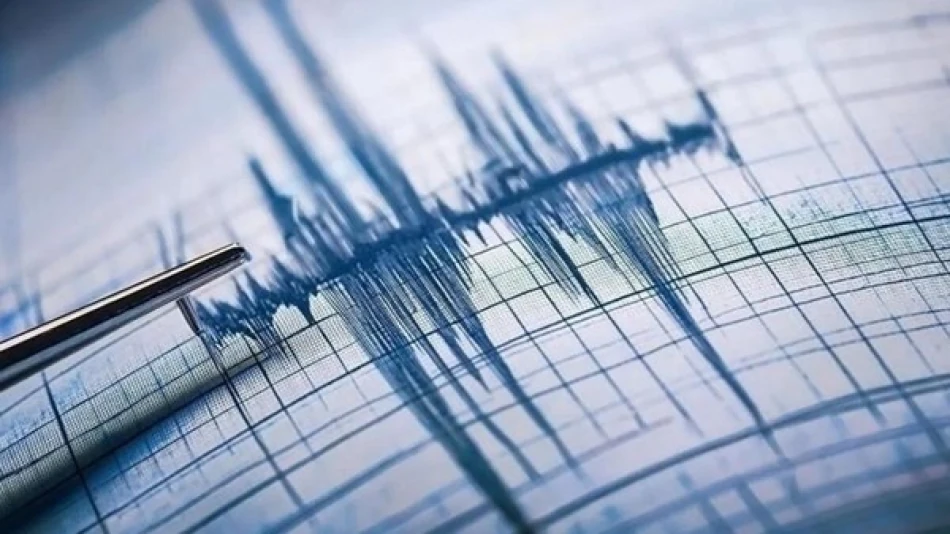
Powerful Earthquake Rattles Russia's Kamchatka Peninsula Coast
Kamchatka Peninsula Hit by 5.6-Magnitude Earthquake as Russia's Seismically Active Region Continues Trembling
A 5.6-magnitude earthquake struck the eastern coast of Russia's Kamchatka Peninsula early today, marking another significant seismic event in a region that experienced its strongest earthquake in over seven decades just months ago. The quake, clearly felt by local residents, underscores the ongoing geological instability along one of the world's most seismically active zones.
Earthquake Details and Location
According to the Russian Geophysical Service, the earthquake's epicenter was located in Pacific Ocean waters approximately 50 kilometers deep and about 197 kilometers from Petropavlovsk-Kamchatsky, the region's main city. The depth and distance from populated areas likely prevented more severe damage, though residents reported feeling the tremor distinctly.
The timing and location of this earthquake are particularly noteworthy given the region's recent seismic history. Kamchatka sits along the volatile Ring of Fire, where tectonic plates meet and create frequent geological activity.
Context of Recent Seismic Activity
July's Historic Earthquake
This morning's earthquake follows a much more powerful 8.8-magnitude quake that struck the same region on July 30, 2024. That event marked the strongest earthquake to hit the area since 1952, representing a significant escalation in seismic activity that has geologists closely monitoring the region.
The July earthquake was not just locally significant—it ranked among the most powerful earthquakes globally this year and served as a reminder of the immense geological forces at work beneath the Kamchatka Peninsula.
Geological Significance
Kamchatka's position along the Pacific Ring of Fire makes it one of Earth's most seismically active regions. The peninsula sits where the Pacific Plate subducts beneath the North American Plate, creating the conditions for both frequent earthquakes and the region's famous volcanic activity.
The pattern of seismic events—a major 8.8-magnitude earthquake followed by continued activity—suggests the region may be experiencing an active seismic period that could persist for months or years.
Implications for Regional Preparedness
For Russia's Far East, these earthquakes highlight both the challenges and importance of seismic monitoring and disaster preparedness. Petropavlovsk-Kamchatsky, home to approximately 180,000 people, serves as a crucial hub for Russia's Pacific fleet and regional administration.
The frequency of significant earthquakes in recent months suggests local authorities must maintain heightened readiness for potential larger events. While today's 5.6-magnitude quake caused no reported major damage, it serves as a reminder of the region's vulnerability.
Broader Seismic Trends
Kamchatka's recent activity fits within broader patterns of increased seismic activity along the Pacific Ring of Fire. Similar upticks in earthquake frequency have been observed in other tectonically active regions, from Japan to Chile, suggesting possible interconnected geological processes.
The region's continued seismic activity will likely keep it under close scientific observation, as researchers seek to understand whether the July earthquake triggered ongoing instability or represents part of a larger geological cycle in this remote but strategically important corner of Russia.
Most Viewed News

 Layla Al Mansoori
Layla Al Mansoori






